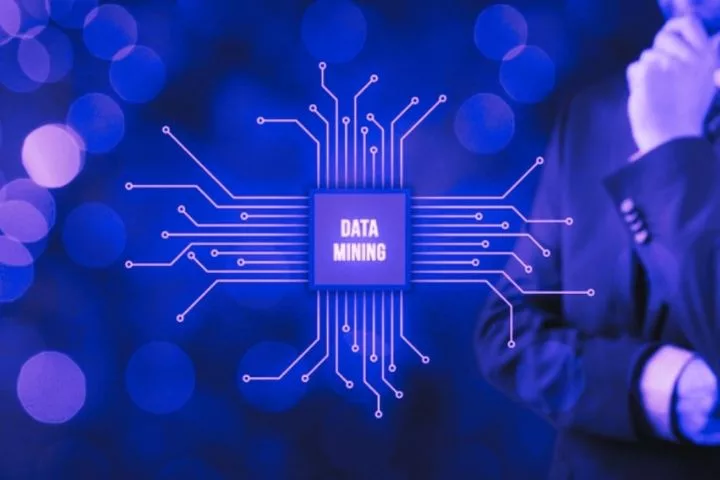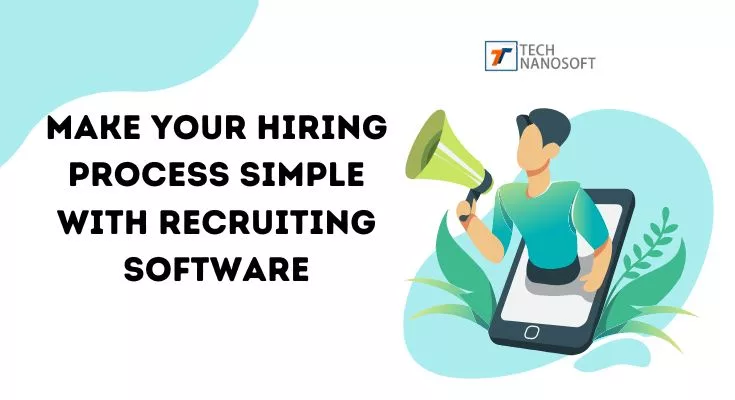What is Data Mining? Definition, Methods and Tools

What is data mining? Simply put, data mining is the process of examining data for patterns and trends without knowing what you are looking for beforehand. In contrast to other data analysis projects, but an existing data set is examined exploratively.
In contrast to data science, which looks at the entire data process, data mining focuses specifically on the operational task of finding new technology in data.
These undirected analyses are mostly used on structured data but are also often considered on unstructured data. This is why “Big Data” – both in terms of volume and variability – is often used, but is neither a prerequisite nor identical, because even small, static data sets can accommodate great insights.
Which methods does data mining use?
Data mining uses a variety of methods to examine data for patterns. The principle here is that there is no fixed process flow for the analyzes but rather is selected from the modular method according to the experience and creativity of the data scientist.
The descriptive investigation using classic statistics is usually the first step in data mining and other tasks. The heart of data mining, however, is the application of machine learning. In big data mining, in particular, artificial intelligence methods are used to identify patterns implicitly.
In most cases, methods of unsupervised learning are used initially. Clustering, for example, makes it possible to identify groups with similar behaviour.
On the other hand, association analyses show which events often occur together – the classic example of shopping basket analyzes is familiar to many. But outlier analysis (outlier detection) provides insights into the record’s scope, variance, and peculiarities.
However, methods of supervised learning are also used in data mining. The classification ( Classification ) assigns the data into categories, while Prediction (e.g. regression) predicts numeric values.
However, these methods are usually used later when you already have a more precise idea of which patterns should be analyzed more precisely.
Who does data mining?
In principle, one can differentiate between three levels of data mining maturity within a company – and accordingly which role is dedicated to the topic.
The first level is the “curiosity” level. Many people and companies naturally occupy this stage: Presenting sales figures, for example, is usually the first attempt to understand how they behave and why.
However, this curiosity for understanding remains unsatisfied at this stage because there is either a lack of time, expertise or the necessary data.
The second stage in data mining is the procedural stage. The search for patterns is often carried out in the course of initiatives and/or existing analyzes. An example would be breaking down the sales figures more granularly and looking for patterns.
Maybe different customer groups behave differently depending on the season? An exploratory study of a topic or area takes place at this stage.
The third stage is the Green Meadow ( Greenfield Approach). At this level, people or an entire unit investigate data without a topic or specification.
Very few companies “afford” to invest the capacity and budget in activities for which the ROI is completely unknown. Therefore, the green field is rare. Still, it will become necessary more and more, as the topmost analytical layer of data is discussed very quickly.
And then, it is important to identify deeper, unrecognizable or conceivable patterns. This is only possible with the freedom of a greenfield approach.
Which tools are used in data mining?
There are different approaches to operationally data mining. Most data scientists implement their algorithms in the programming/scripting languages python or R. Java can also be found to some extent. Still, its strengths are different from machine learning and data handling.
While these are code-based solutions, also a market for has GUI -based solutions established. Here the user has an interface to explore the various data sets and analyze them using appropriate algorithms.
The most common representatives of this variant are RapidMiner, the freeware tool KNIME, SAS DataMiner or IBM SPSS.
Visualization tools are often used as a third method, in addition to the graphic options of code-based tools (e.g. ggplot2, plot.ly, d3.js) or the integrated visualizations of GUI-based tools.
In addition to Tableau, PowerBI, Google Data Studio, MicroStrategy, and Qlik, much more focus on this area.
Last but not least, it is also possible to operate in rudimentary tools such as Excel data mining – at least in the main. These reach their limits quickly, especially for more in-depth machine learning algorithms or large amounts of data.
Nevertheless, they can also be used quickly in small companies to provide a basic understanding of a data record’s characteristics, attributes, and contents.
What problems can there be?
But if data mining were easy, everyone would probably do it. We see three main categories, which is why more in-depth data mining is still rarely used.
First of all, the corresponding data must be available. “Available” is when sufficient data (volume) can be easily accessed (Access), and this data is of high quality.
If any of these assumptions are violated, data mining is difficult or inefficient. For example, a table that has been aggregated to a few values cannot be meaningfully mined. Or the meaningfulness of the results is very low if the quality of the underlying data is poor.
The preparation and provision of the data are traditionally covered by the data engineer – not the data scientist who then processes it.
Second, data mining, especially as an advanced method, requires strong technical expertise. These data science skills are still seldom widespread in companies today, so their capacity is mostly concentrated on projects with directly assessable success.
However, once companies have taken their first steps in data analysis and data science, the next steps are often natural.
Third, experience is required. It’s very easy to get lost in large data sets with lots of metrics when you’re working in a greenfield. There are almost infinite possibilities to combine data sets to investigate interactions and correlations.
Without a destination, the way is often very long. Therefore, it is important, on the one hand, to gain sufficient experience when it is worth following in the footsteps; on the other hand, to have the courage to break off advances without further ado if there is no success.
This approach is best supported by agile methods, in daily standups or the like, so the process does not become a neverending story.
Summary
I hope I was able to give you a good overview of the topic of data mining. In summary, data mining is nothing more than a treasure hunt in the end.
With a lot of experience, specialized tools and high upfront investment, there is the opportunity to come across treasures – in the form of findings – about which one previously knew nothing.
Making this advanced investment and opening up to such a volatile approach is, however, part of the culture of a data-driven company and must first be developed. Because only if these aspects can be combined – strategy, data and expertise – you can succeed in data mining.






